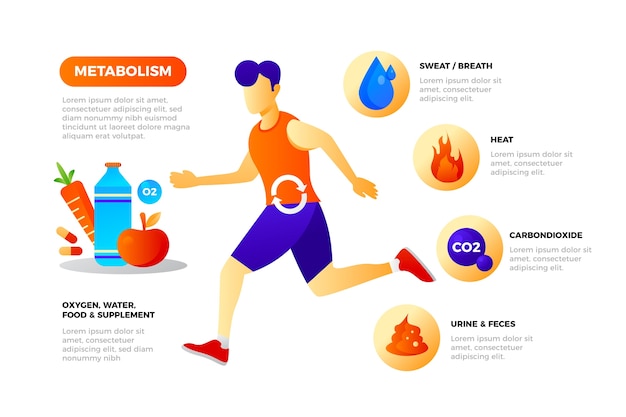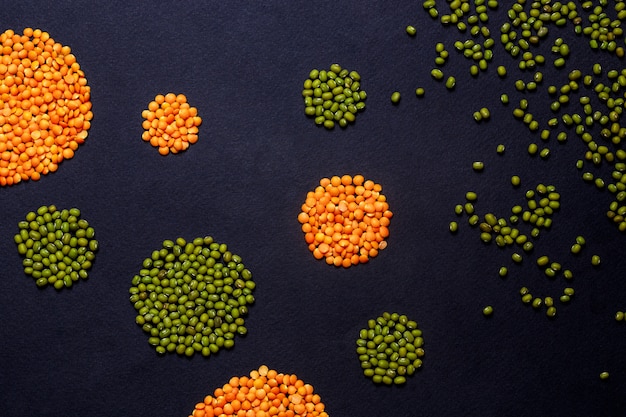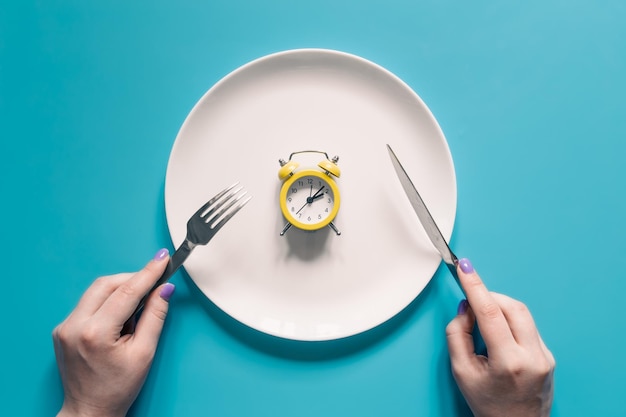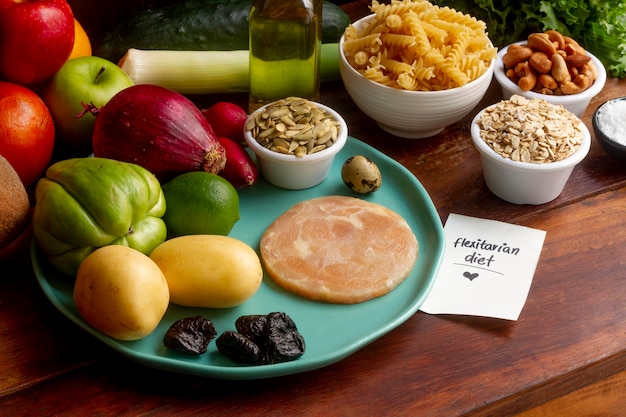If you're a runner looking to improve performance, boost endurance, and enhance overall health, you may already be familiar with structured training, nutrition, and recovery. But there's another powerful, often overlooked factor that can make a real difference: NEAT. Understanding and leveraging Non-Exercise Activity Thermogenesis (NEAT) could be the missing piece in your fitness puzzle.
NEAT stands for Non-Exercise Activity Thermogenesis. It refers to the calories your body burns through everyday physical activities that aren’t formal exercise. This includes walking, standing, fidgeting, gardening, doing laundry, climbing stairs, or even typing at your desk. For runners, NEAT complements training by increasing total daily energy expenditure without adding structured workout stress.
Unlike the calories burned during a 5K run or interval training session, NEAT is subtle but cumulative. Over time, these small movements add up—sometimes accounting for hundreds of extra calories burned per day. The beauty of NEAT lies in its accessibility: it doesn’t require gym time, special gear, or recovery days.

Runners often focus intensely on mileage, pace, and race times. However, performance and recovery are also influenced by what you do outside of training. NEAT supports metabolic health, helps regulate body composition, and can reduce the risk of injury by promoting movement variety and circulation.
Your total daily energy expenditure (TDEE) consists of four components: basal metabolic rate (BMR), the thermic effect of food (TEF), exercise activity thermogenesis (EAT), and NEAT. While BMR is the energy used at rest and EAT refers to planned workouts, NEAT is the most variable component—differing up to 2,000 calories per day between individuals.
Research shows that people with higher NEAT levels tend to maintain leaner body compositions and better metabolic profiles. For runners, this means NEAT can help manage weight more sustainably than dieting or excessive training alone. It also plays a role in appetite regulation and energy balance, helping you feel more in tune with your body’s needs.

Incorporating more NEAT into your day offers tangible benefits that support your running goals:
Light activity like walking or stretching increases circulation, helping deliver nutrients to muscles and clear metabolic waste. This can reduce soreness and speed up recovery between hard runs.
Regular low-intensity movement trains your body to use fat more efficiently as fuel—especially helpful for long-distance runners aiming to spare glycogen during endurance events.
Prolonged sitting can lead to tight hips, weak glutes, and poor posture—common contributors to running injuries. Increasing NEAT encourages dynamic movement patterns that support better biomechanics.
Instead of relying solely on longer runs to manage weight, NEAT provides a low-impact way to increase calorie burn throughout the day—without overtraining.
While NEAT is generally safe and beneficial, runners should be mindful of a few considerations:
The goal is consistency, not intensity. Small, sustainable changes are more effective than drastic overhauls.
The best part about NEAT? It’s easy to integrate into your lifestyle. Here are practical, runner-friendly strategies:

Tailor your NEAT based on your training load. On hard workout or long-run days, focus on light, recovery-supportive movement like walking or gentle stretching. On rest days, feel free to increase NEAT through hiking, biking, or active errands. During taper periods, maintaining NEAT can help manage energy levels without adding strain.
Listen to your body. If fatigue builds, scale back non-essential movement. NEAT should feel natural, not forced.
NEAT isn’t a shortcut, but it’s a smart strategy. For runners, it bridges the gap between training and lifestyle, helping you stay active, recover better, and perform at your best. By making small, consistent changes to how you move throughout the day, you’ll build a stronger foundation for long-term running success.
Start today—stand up, take a walk, or simply move more. Your next PR might just come from the steps you take outside of training.

Fitness

Fitness

Fitness

Fitness

Wellness

Health

Health

Health

Wellness

Wellness

Health

Fitness

Health

Fitness

Health

Health